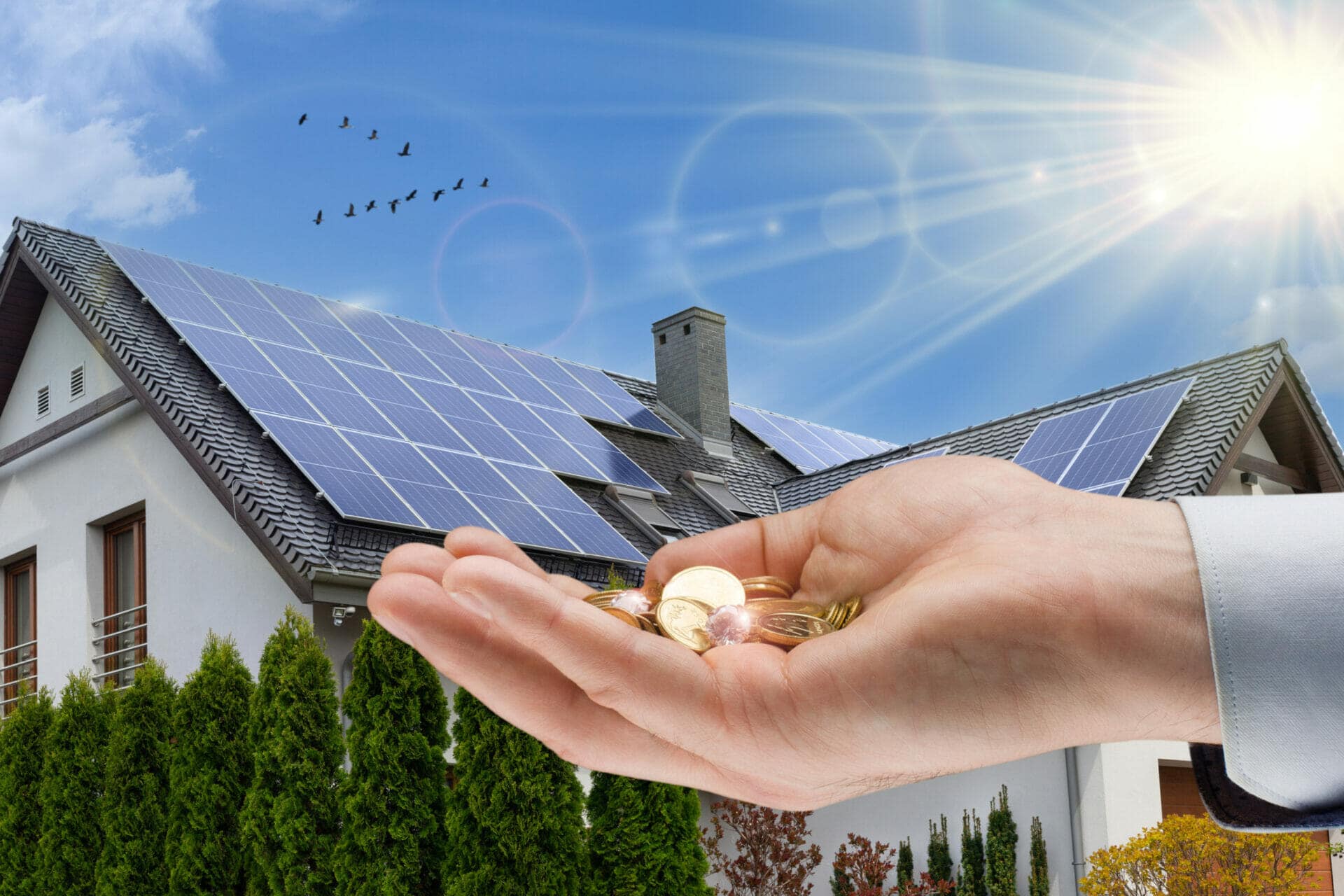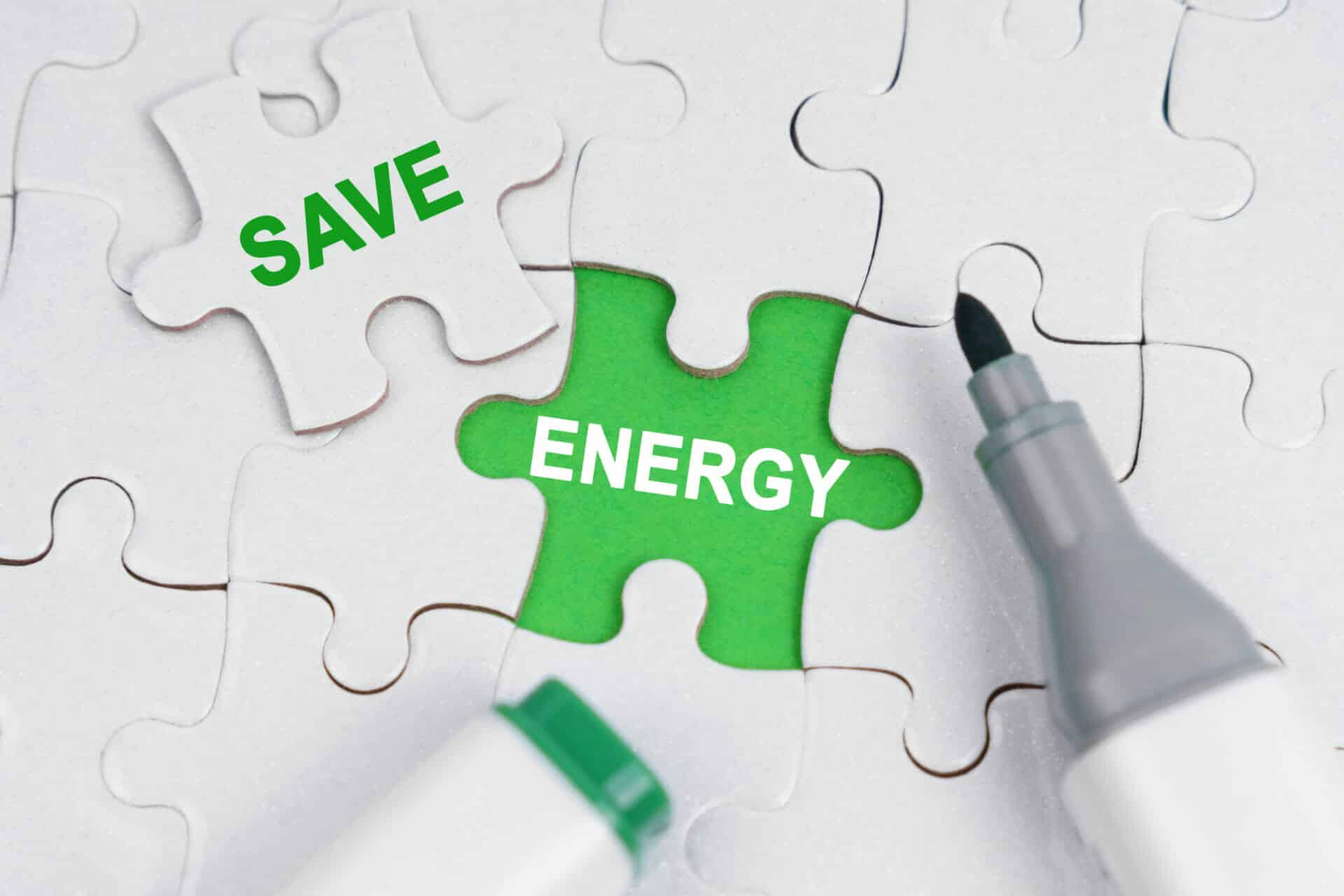Author:
Here you will learn about the top Solar Benefits and reasons why people go solar at their home.
Solar Benefits – Saving Money
Of all the Solar Benefits, the most popular one is the ability to save money on electricity. Homeowners that go solar with Phoenix Solar Panel Systems have the capability of saving at least 20% on their monthly and yearly electricity costs. Some homeowners can save up to 85% by going solar! Here we will explain how to save the most amount of money with solar energy.
Understanding Electric Utility Company Billing
A Kilowatt-Hour (kWh) is the metric used by utility and solar companies to measure energy use. The kWh should not be confused with Kilowatts (KW), which is a metric used to measure the size of a solar system. Homeowners that use a high amount of energy will have higher bills from their utility company. Utility companies generally charge for usage (the amount of energy taken from the grid), and then they add various fees and taxes on top of the usage charge. Often these taxes and fees increase as the usage increases. The way electric utility companies bill their customers is quite confusing, but solar billing is much more straight forward.
Calculating Solar Savings
A typical home in the Phoenix area uses between 10,000 to 20,000 Kilowatt Hours per year. You can look at solar savings in this way: The amount of money you pay per kWh is less with solar than what your utility company sells it to you for.
For “Example A”, a 2,500 square foot home that uses 20,000 kWh per year will pay the Arizona Public Service (APS) utility approximately 15 cents per kWh used (with all usage charges, taxes, and fees included), which equals $3,000 per year for energy costs. If that same homeowner goes solar at 10 cents per kWh, and the solar system covers over 100% of their energy use, the homeowner now will pay $2,000 per year for energy costs, which equals a savings of $1,000 per year, or $83 per month, or 34% on electricity costs.
For “Example B”, a 1,000 square foot home uses 7,000 kWh per year with APS and that equals $1,050 per year in energy costs. When the homeowner goes solar, their new energy costs are $700 per year. The savings are $350 per year, or $29 per month, or 34% on energy costs.
For “Example C”, a 5,000 square foot home uses 35,000 kWh per year with APS and that equals $5,250 per year in energy costs. When the homeowner goes solar, their new energy costs are $3,500 per year. The savings are $1,750 per year, or $146 per month, or 34% on energy costs.
As you can see, all of the homeowners have the same PERCENTAGE OF SAVINGS, but the AMOUNT OF SAVINGS varies based upon how much energy each home uses.
Schedule Your Free Solar Consultation
Solar Benefits – Protect Against Rising Energy Costs
Arizona utility companies typically raise their rates about 2% to 6% per year on average. The national average for rising utility rates is about 2% to 3% to keep up with rising inflation. The Phoenix area utilities Arizona Public Service (APS) and Salt River Project (SRP) raise their rates more than the national average.
Homeowners are powerless to these rate increases if they choose to continue having all their energy provided by the utility company. There’s nothing you can do to stop the utility companies from raising their rates. The only option to protect yourself from these rising rates is going solar to lock in your energy costs.
When you go solar, you will take out a solar loan or pay cash for the system. The solar system you purchase will generate a certain amount of power every year for your home to use. When you divide the yearly cost for solar by the Kilowatt-Hours produced by the system per year, you will find that solar energy is less expensive than the energy you buy from the utility company.
Your monthly payments for solar never go up for the entire term of your loan (typically 20 to 25 years). Once you have paid off the loan, the energy your solar system produces is FREE! Meanwhile, your neighbors that didn’t go solar are paying the utility company 2% to 6% more per year, every year, and their cost per kWh continues to rise forever.
Going solar is like being able to lock in gas prices at 99 cents 20 years ago, and still be paying 99 cents per gallon of gas today, while everyone else pays $4.00 per gallon!
Solar Savings – Better for Budgets
Going solar stabilizes the amount of money paid per month for electricity costs. In the Phoenix area, with the heat we have, homeowners can pay $50 in the winter and $600 in the summer. For many families, the high bills in the summer are difficult to afford and budget for.
After going solar in APS, your APS utility bill is typically very low or eliminated completely. That means that you pay the same amount of money for your electricity all 12 months of the year, which is much easier to predict and budget for. In SRP, your SRP utility bill will be lowered significantly. That means you have a monthly payment for the solar system and a much lower payment to SRP. So, you don’t have large, unpredictable payment spikes in the summer and your total payments for electricity each month remain relatively even.


Solar Benefits – Government Incentives
The Federal Government pays for 30% of the total solar system cost through their tax credit program. Arizona pays for $1,000 of the total solar system cost through their tax credit program.
See our page on Solar Tax Credits for more information on the tax credits and how to utilize them.
Solar Benefits – Better For The Environment
APS and SRP use outdated energy generation methods like coal power plants to generate energy. Coal power plants produce an enormous amount of air pollution that creates severe environmental and public health problems. The pollution is known to cause cancer, heart and lung disease, asthma, neurological problems, global warming, and acid rain.
Every year, a coal plant emits:
- 114 pounds of Lead (decreased growth and reproduction in plants and animals)
- Traces of Uranium (causes cancer and kidney damage)
- 720 tons of Carbon Monoxide (increases greenhouse gases and global warming)
- 220 tons of Hydrocarbons (forms harmful ozone at low altitudes)
- 225 pounds of Arsenic (seeps into our drinking water and causes cancer)
The deadliest type of power plant is coal, which accounts for 2.8 to 32.7 deaths per 10 kilowatt-hours. Coal power plants emit three times as much pollution as cars.
Solar power is a clean, renewable energy source that does nothing to harm the environment. In addition, recent studies show that solar power is much less expensive than even the cheapest coal competitors. A home’s carbon footprint is the number of pounds of carbon dioxide (CO2) a home produces each year. On average, homeowners that install solar lower their carbon footprint by 21,000 pounds every year!


